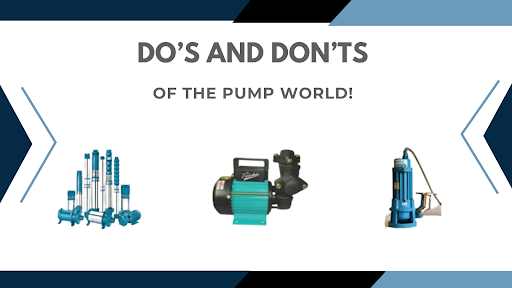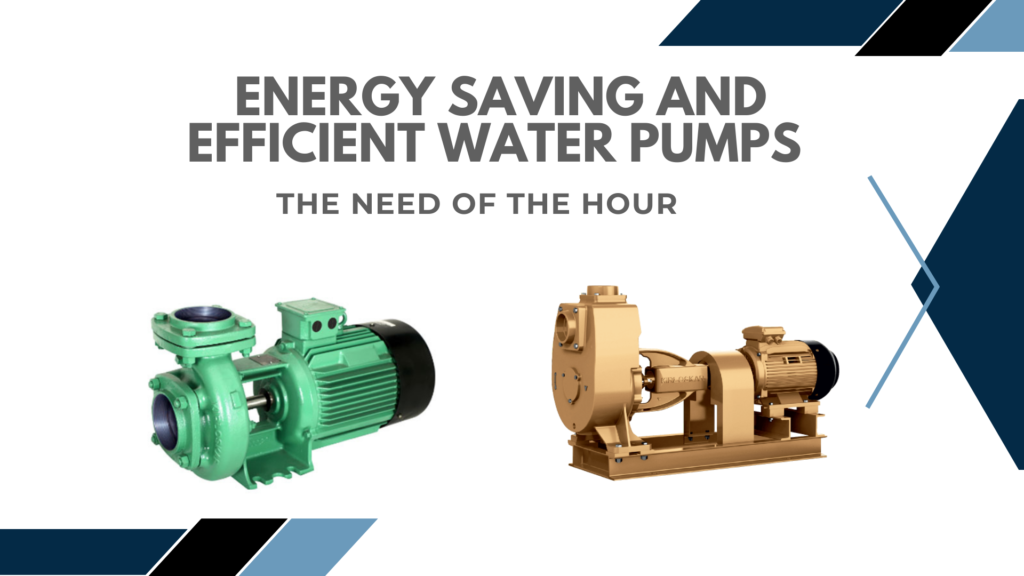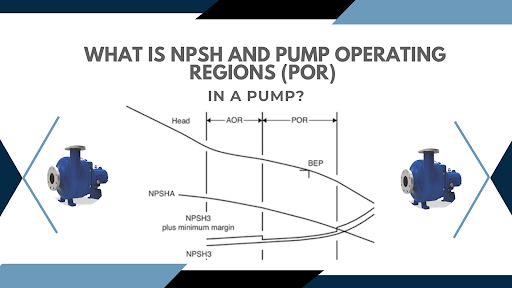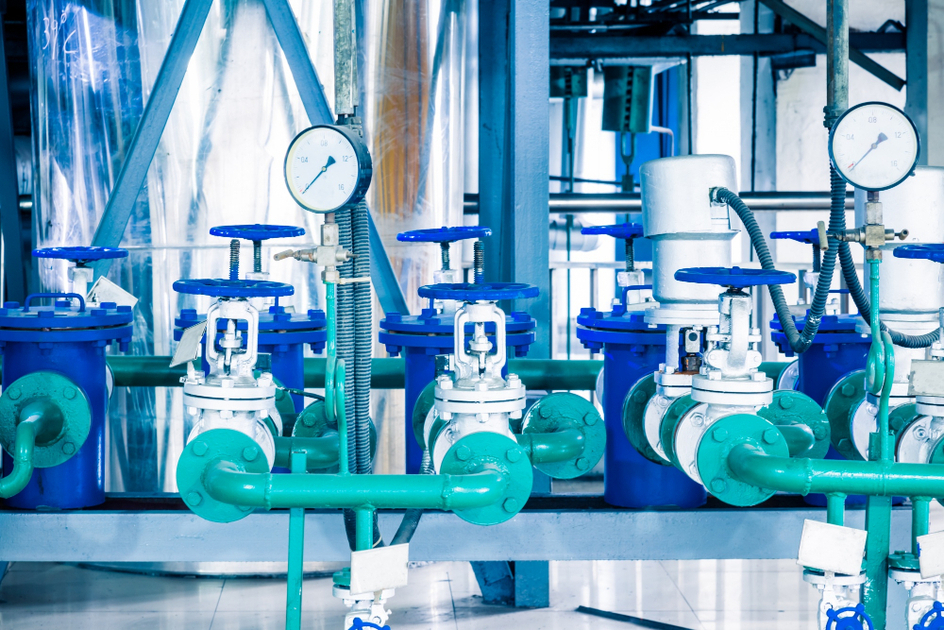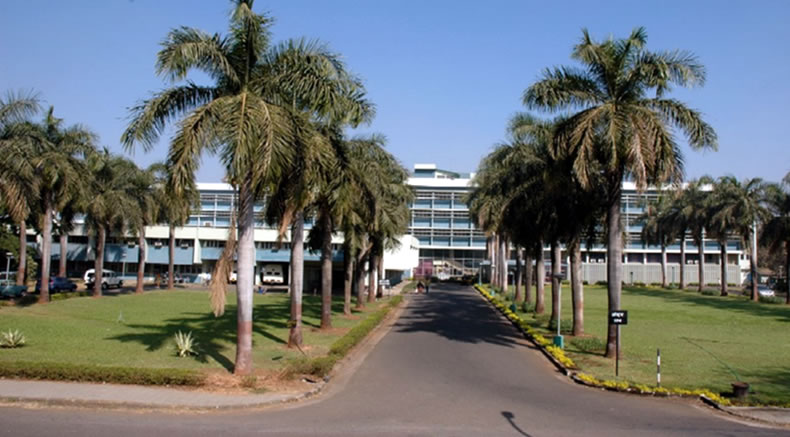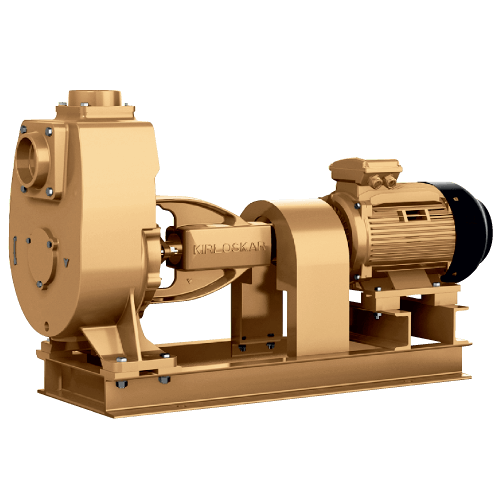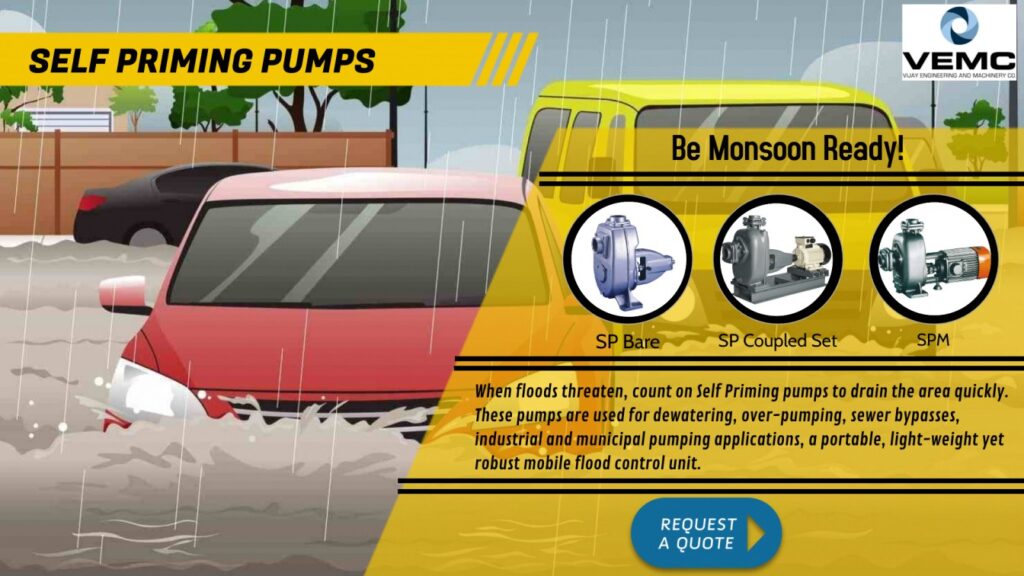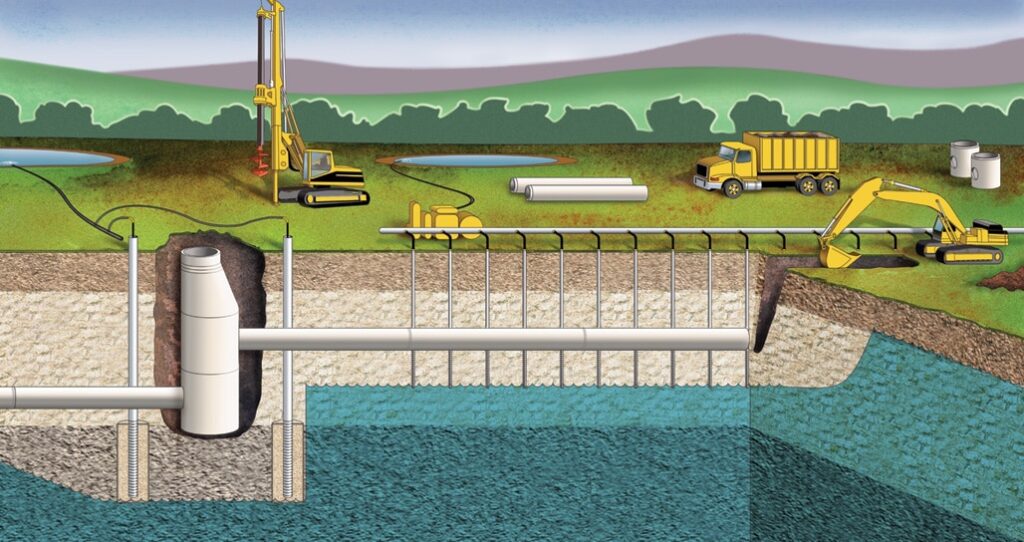
Dewatering pumps are centrifugal pumps used to remove water from a site. As your Kirloskar Submersible Pump Dealer will tell you, you can use these pumps in a number of operations and sites such as construction, drainage, tunnels, mines and buildings. Which type of dewatering pump you will need depends entirely on the medium you are trying to relocate. For instance, water along with abrasives is best removed by a drainage pump fitted with a strainer. Likewise, water with solids is best removed by dewatering sludge pumps. This blog takes you through the overview, types, features and installation of Kirloskar water pumps.
Types of Kirloskar Dewatering Pumpsets:
You will find two types of dewatering pumps with your Kirloskar submersible pump dealer: M type and G type:
- M type: These Kirloskar water pumps are single-stage pumps with an impeller mounted on the motor shaft. These are lightweight and made of aluminum with corrosion-resistant stainless steel wet ends. M-type pumps are compact and portable and are mostly used in borewells or tubewells.
- G type: These Kirloskar water pumps come with built-in automatic on/off thermal switches which protect the motor from voltage fluctuations. These pumps can also be equipped with motion sensors for automatic start and shutdown. G-type Kirloskar water pumps find application in tunnels, shipyards, mines, fire fighting purposes, etc.
Features and Benefits of Kirloskar Dewatering Pumpsets:
- Compact and portable
- Durable due to corrosion/resistant material like stainless steel
- High efficiency throughout the pump lifespan
- Optimum seal life
- Compatible with motion sensors
Installation and Commissioning
Your Kirloskar Submersible Pump Dealer will typically give you certain directions on the installation and commissioning of your pump set, but here are some of the most important ones you need to be mindful of:
- Personnel involved in the installation and operation of Kirloskar water pumps must be well-trained and qualified to carry out the work.
- When lifting the pump set, use lifting equipment suitable for the weight of the pump.
- Connect the earth stud to avoid hazards from randomly induced currents.
- Ensure the pump is properly filled and doesn’t run dry for over 5 minutes continuously.
- Only use your Kirloskar water pump for the specified liquids as the corrosion resistance may vary from one medium to another.
- Check for any leaks in seals or gaskets and keep the pump well-maintained.
- Monitor all auxiliary components continuously to ensure they function correctly.
Overview of Kirloskar Dewatering Pumpsets
Both M-type and G-type pumps are highly efficient and effective in dewatering a range of sites. With some additions, these pumps can do even better. For instance, field adjustable nitrile rubber lines diffuser can optimise efficiency throughout the life of the pumps. Likewise, with sacrificial Zinc anodes, the pump can also be used in a saline fluid environment. On special requests, the pumps can be supplied in a complete stainless steel encasing.
VEMC is a leading Kirloskar submersible pump dealer. To book a Kirloskar Water Pump for domestic or business use, give us a call on 022 43436655 or email us at marketing@vemc.co.in.


